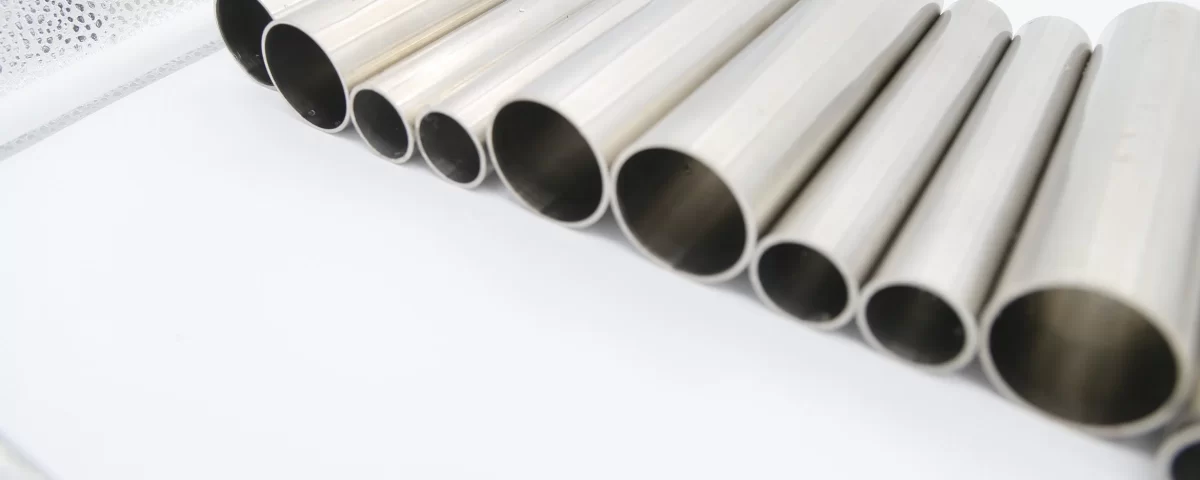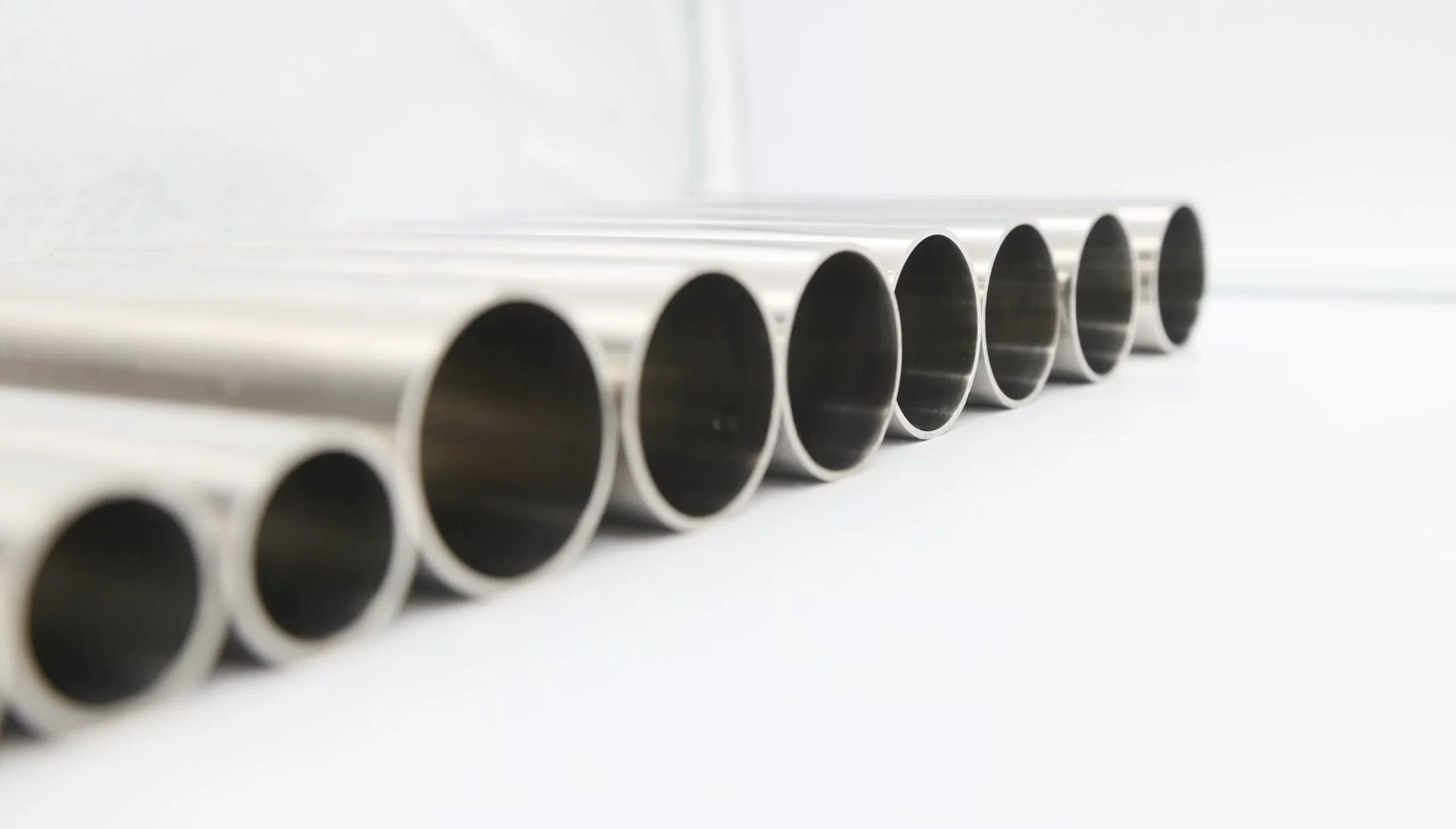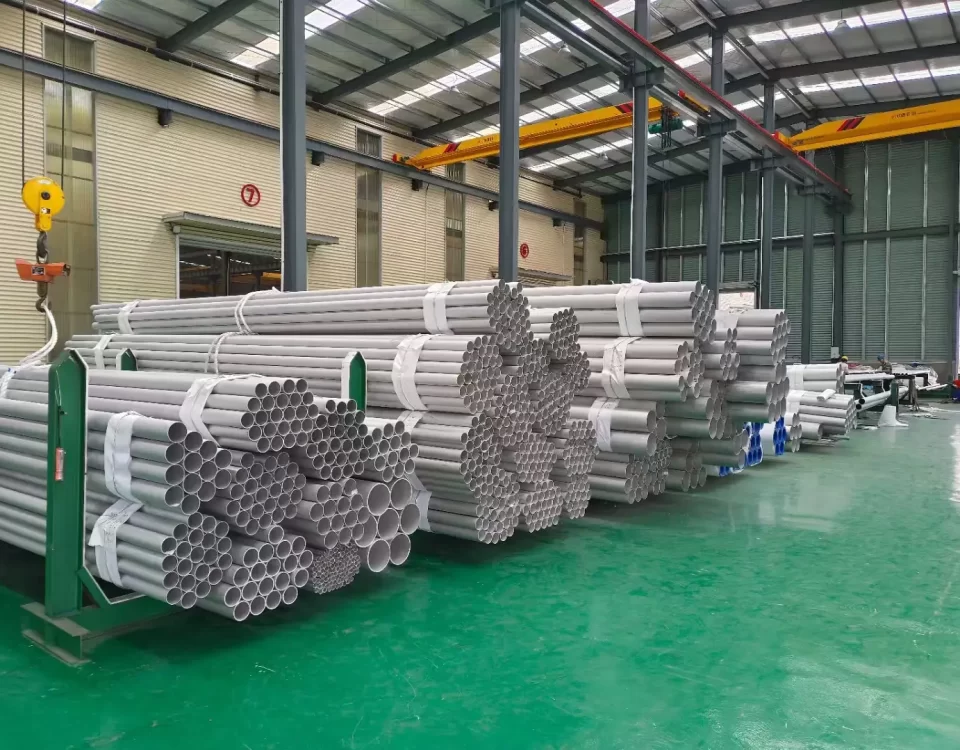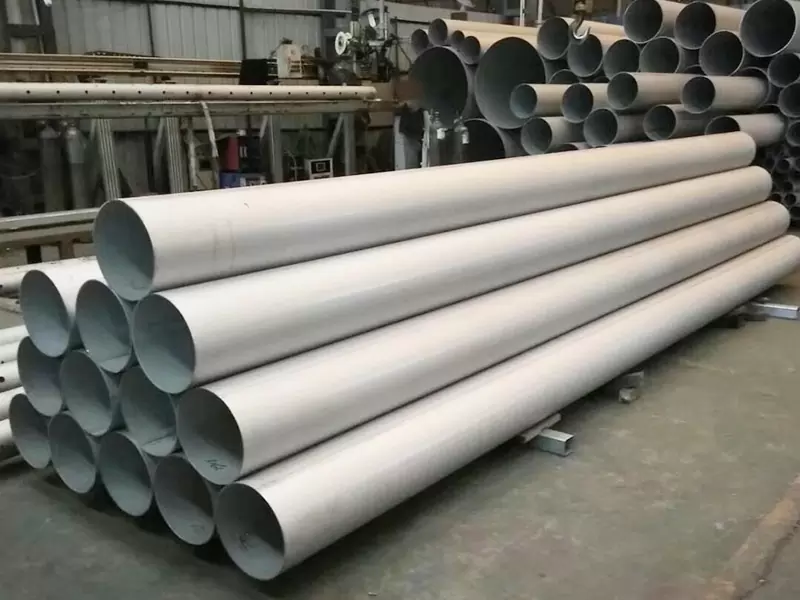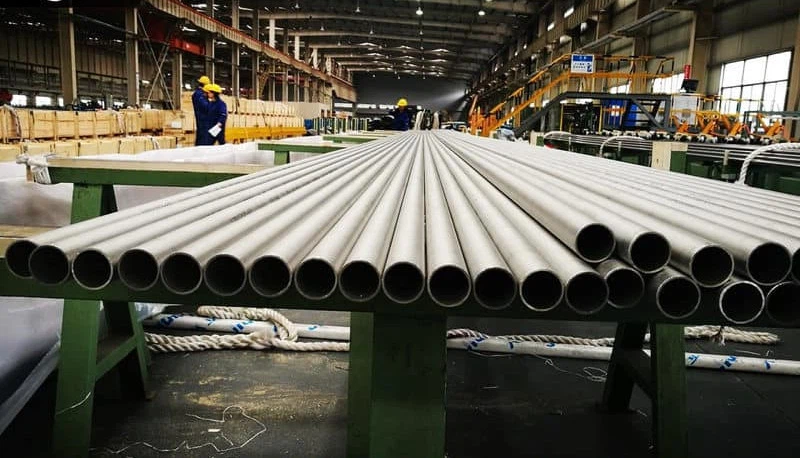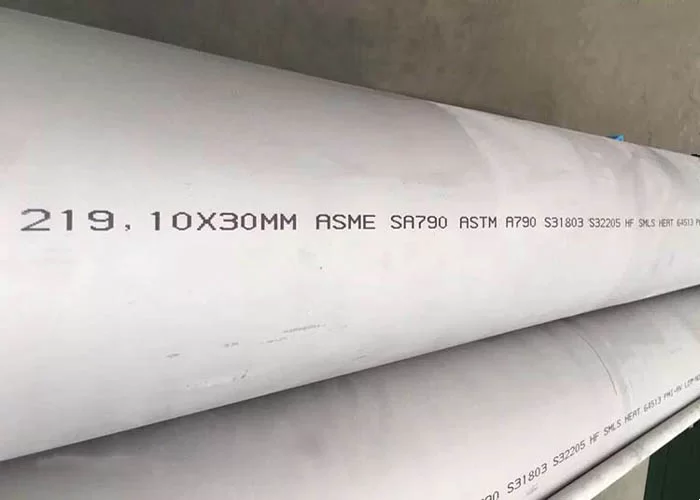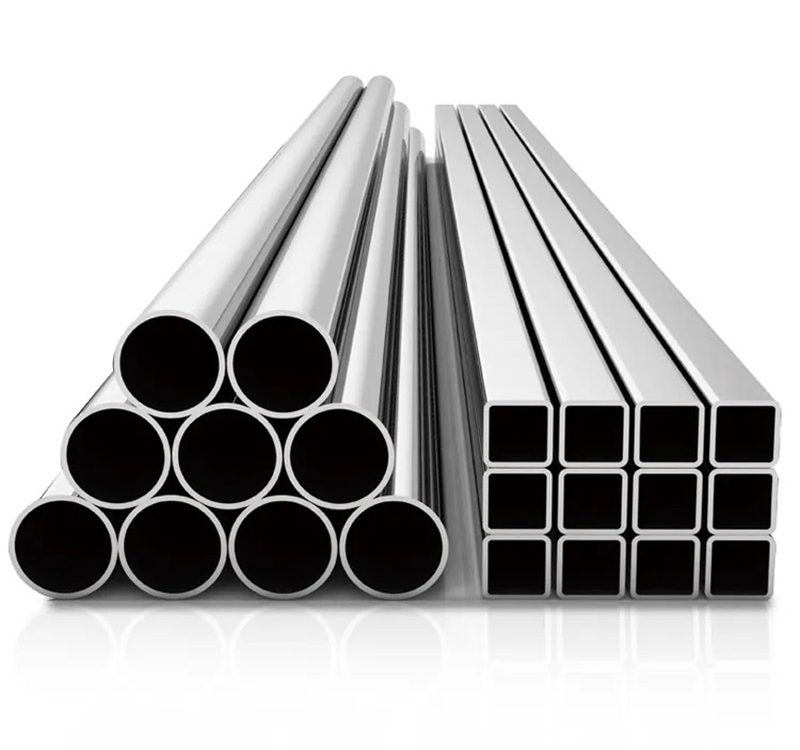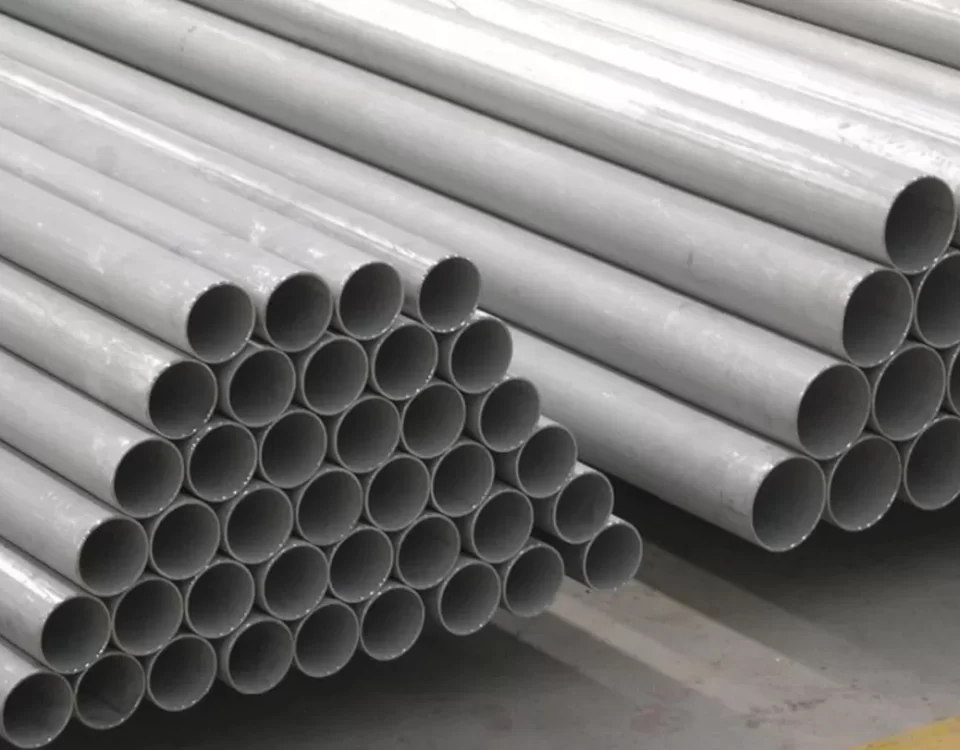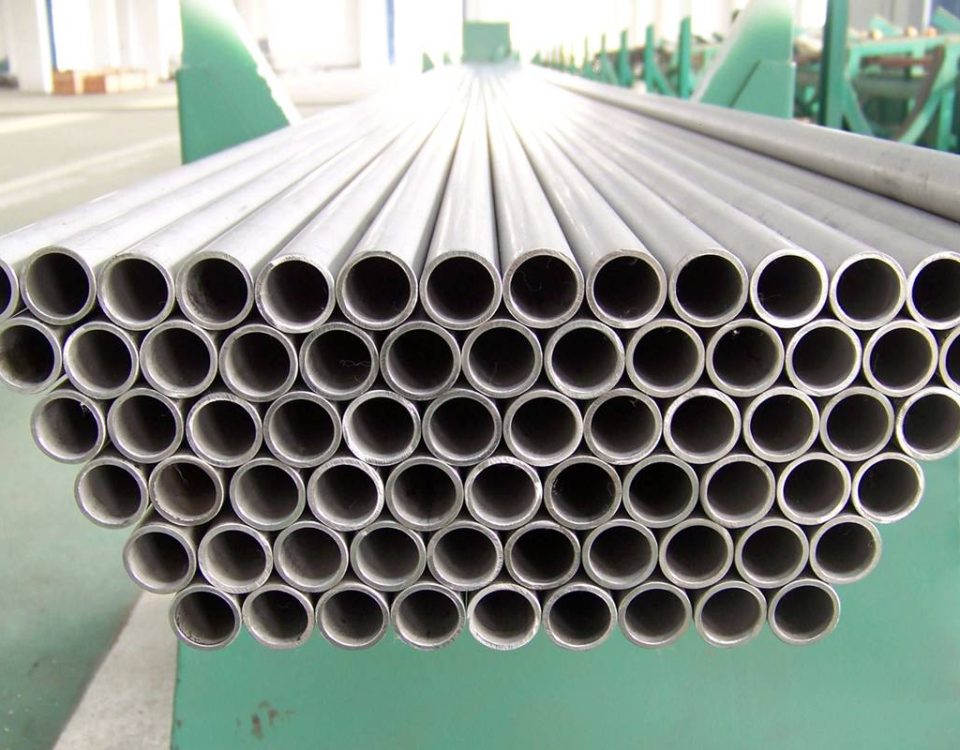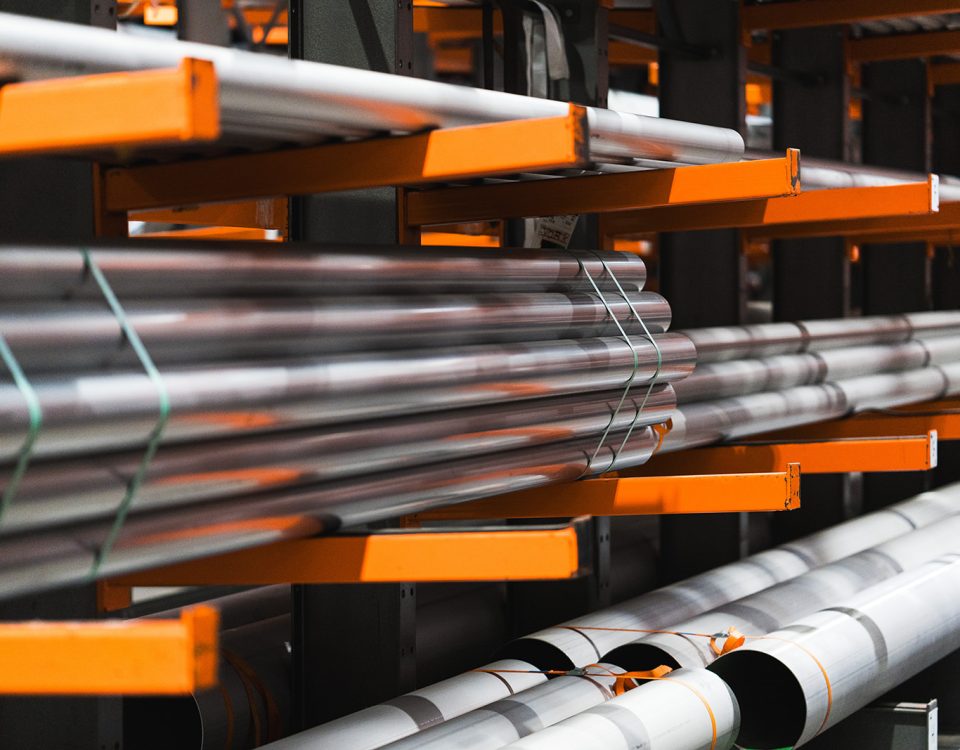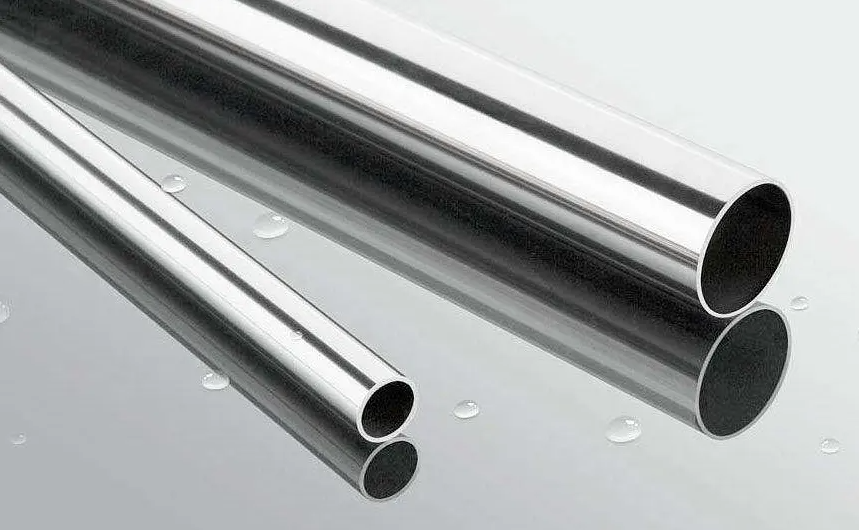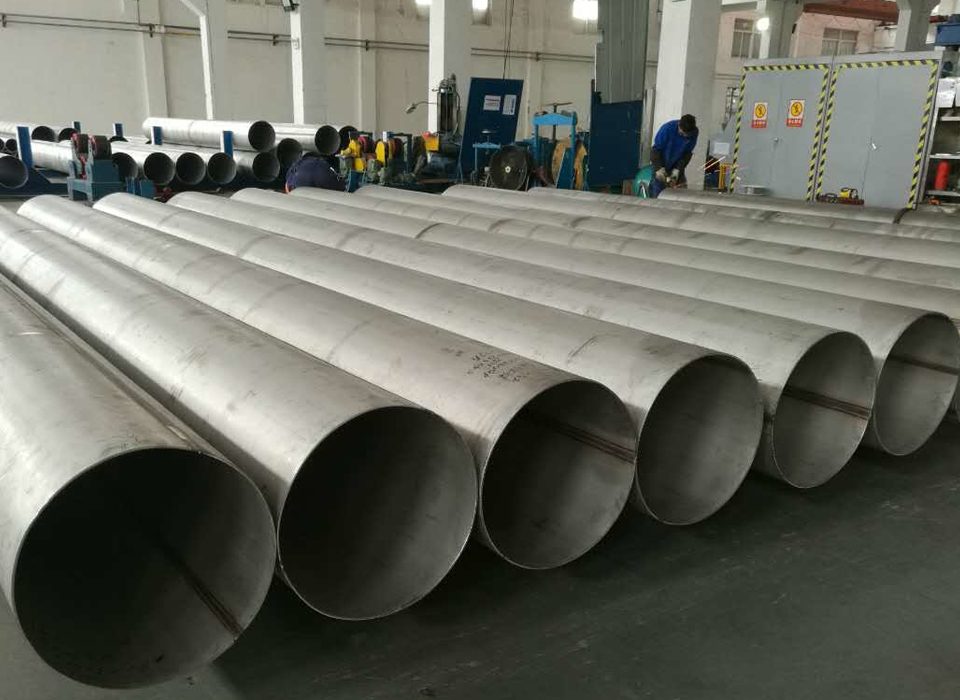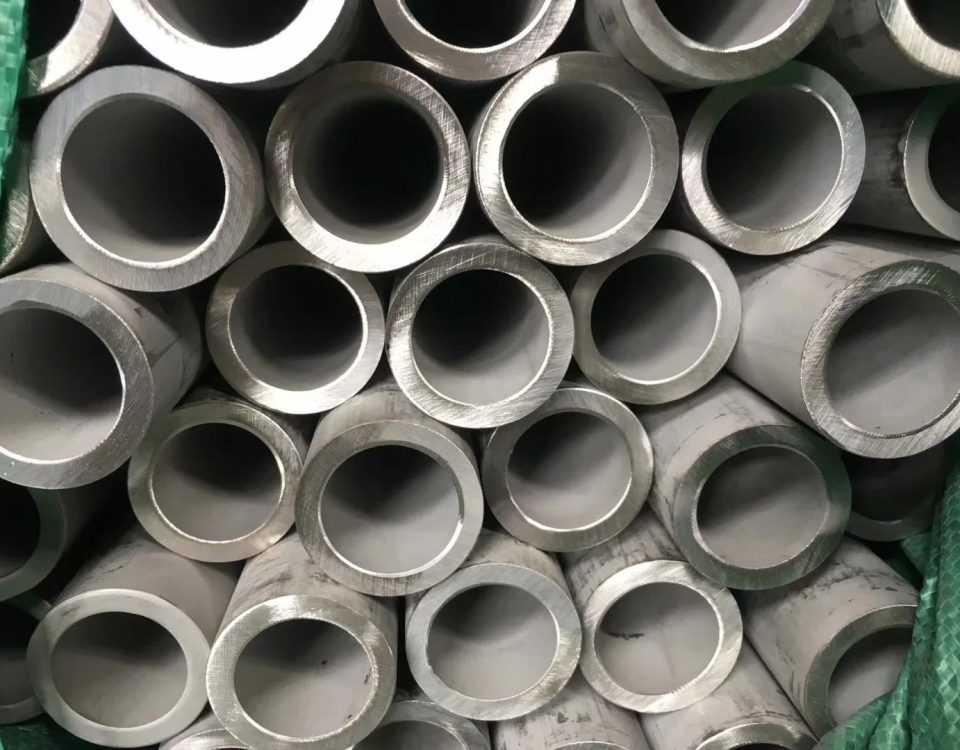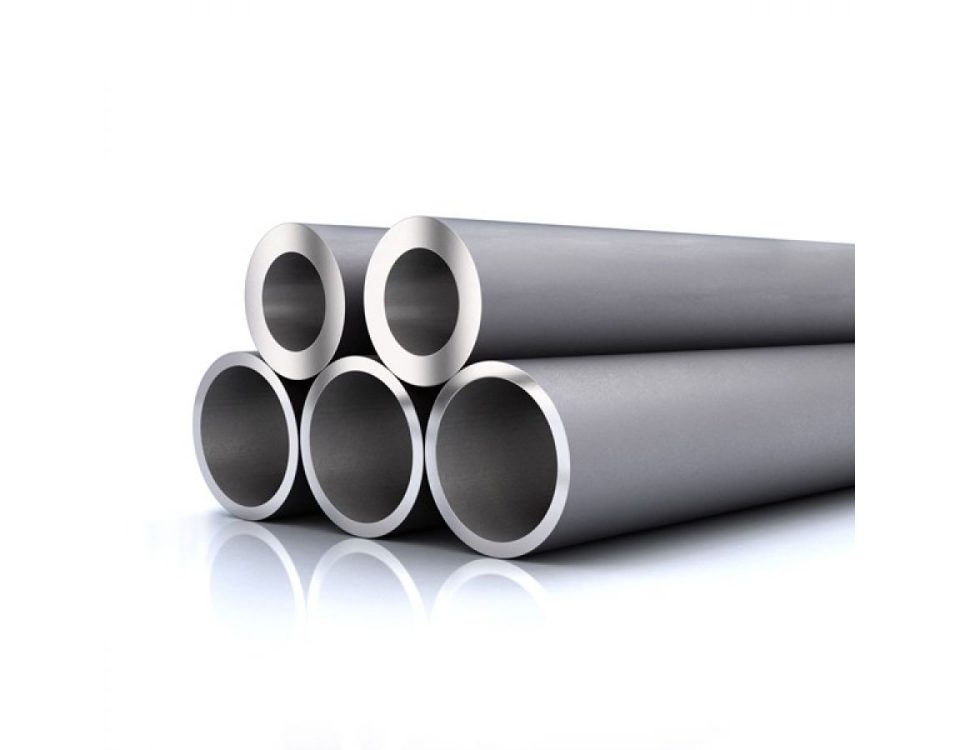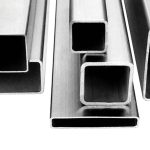
Stainless Steel Hollow Section : ASTM A554 – 409/409L | Gr 316 | Gr 202
November 4, 2023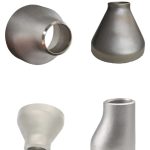
304L/316 Stainless Steel Butt Welded Reducer
November 6, 2023
Difference Between 304 and 420 Stainless Steel Pipe
To understand the differences between 304 and 420 stainless steel pipes, it’s crucial to first grasp the fundamental aspects of their composition, properties, and common applications. Both 304 and 420 are part of the stainless steel family, renowned for its resistance to corrosion and high durability. However, they belong to different categories within this family—304 is an austenitic stainless steel, and 420 is a martensitic stainless steel—and thus, they exhibit distinct characteristics.
|
Description
|
||
|
Item
|
Round aisi tube prices 201 304 304l 316 stainless steel pipe/tube
|
|
|
Steel grade
|
200/300/400 series
|
|
|
Standard |
200 Series: 201,202
300 Series: 301,304,304L,316,316L,316Ti,309,310,317,321 400 Series: 409,410,420,430,436,444,441,440c Duplex Steel: 904L,2205,2507,2101,2520,2304 GB13296 |
|
|
Material
|
304,304L,309S,310S,316,316Ti,317,317L,321,347,347H,304N,316L, 316N,201,
202,304 and 420 |
|
|
Surface
|
Polishing,annealing,pickling,bright
|
|
|
Type
|
Seamless, Welded (ERW,EFW,Seamless,Spiral Welded) | |
|
stainless steel round pipe/tube
|
||
|
Size |
Wall thickness
|
1mm-150mm(SCH10-XXS)
|
|
Outer diameter
|
6mm-2500mm (3/8″-100″)
|
|
I. 304 Stainless Steel Pipe
A. Composition and Properties
304 stainless steel is the most widely used type of stainless steel, falling under the austenitic category. It is comprised of approximately 18% chromium and 8% nickel, with the balance being iron and trace amounts of other elements. This composition gives 304 stainless steel excellent corrosion and rust resistance.
It also exhibits other beneficial properties, such as:
- Durability and Strength: 304 stainless steel offers a good balance of strength and workability.
- Heat Resistance: It can resist up to 870°C (1598°F) in continuous use and up to 925°C (1697°F) in intermittent use.
- Non-Magnetic: In its annealed state, 304 stainless steel is non-magnetic.
- Formability and Weldability: 304 stainless steel is highly workable and can be formed into a variety of shapes. It is also readily weldable.
B. Applications of 304 Stainless Steel Pipe
Due to its corrosion resistance, durability, and versatility, 304 stainless steel pipes are used in a wide range of applications. These include:
- Food Processing Equipment: 304 stainless steel’s resistance to corrosion and easy cleaning make it ideal for applications that require strict hygiene control, such as food and beverage processing equipment.
- Chemical Containers: Its resistance to a wide range of chemicals makes it suitable for containers and tanks for storing and transporting chemicals.
- Architectural Paneling and Trim: Due to its aesthetic appeal and durability, 304 stainless steel is often used in architectural applications.
- Heat Exchangers: The heat resistance of 304 stainless steel makes it suitable for heat exchangers in devices like boilers, condensers, and evaporators.
II. 420 Stainless Steel Pipe
A. Composition and Properties
420 stainless steel is a martensitic stainless steel that contains a minimum of 12% chromium, with the balance being iron and minor amounts of other elements. The higher carbon content in this type of stainless steel provides it with higher hardness and strength, but at the cost of some ductility and toughness.
The properties of 420 stainless steel include:
- Corrosion Resistance: While it offers some corrosion resistance, it is not as resistant as 304 stainless steel. Its resistance improves with hardening and polishing.
- High Hardness and Strength: The high carbon content gives 420 stainless steel high hardness and strength after heat treatment.
- Magnetic: Unlike 304, 420 stainless steel is magnetic.
- Lower Weldability and Formability: Due to its higher hardness and strength, 420 stainless steel is not as easily formed or welded as 304 stainless steel.
B. Applications of 420 Stainless Steel Pipe
Given its properties, 420 stainless steel pipes are often used in applications requiring high hardness and a moderate level of corrosion resistance. Some common applications include:
- Cutting Tools: Due to its high hardness, 420 stainless steel is often used in cutting tools like knives, scissors, surgical instruments, and needle valves.
- Pump Shafts: The strength and hardness of this material make it suitable for components like pump shafts.
- Power Generation: Its resistance to scaling and energy absorption capacity make it useful in power generation equipment.
III. Key Differences Between 304 and 420 Stainless Steel Pipes
In summary, the key differences between 304 and 420 stainless steel pipes can be highlighted as follows:
- Corrosion Resistance: 304 stainless steel has superior corrosion resistance compared to 420 due to its higher chromium and nickel content.
- Strength and Hardness: 420 stainless steel has higher hardness and strength due to its higher carbon content.
- Magnetism: While 304 stainless steel is non-magnetic in its annealed state, 420 stainless steel is magnetic.
- Formability and Weldability: 304 stainless steel is more formable and weldable compared to 420 stainless steel.
- Applications: Due to their different properties, they are used in different applications. 304 stainless steel is more widely used due to its higher corrosion resistance and formability, making it suitable for applications in the food industry, architectural field, and chemical containers. On the other hand, 420 stainless steel, with its higher hardness and strength, is used in applications like cutting tools and pump shafts.
When deciding between 304 and 420 stainless steel pipes, it’s# Difference Between 304 and 420 Stainless Steel Pipe
To understand the differences between 304 and 420 stainless steel pipes, it’s crucial to first grasp the fundamental aspects of their composition, properties, and common applications. Both 304 and 420 are part of the stainless steel family, renowned for its resistance to corrosion and high durability. However, they belong to different categories within this family—304 is an austenitic stainless steel, and 420 is a martensitic stainless steel—and thus, they exhibit distinct characteristics.
I. 304 Stainless Steel Pipe
A. Composition and Properties
304 stainless steel is the most widely used type of stainless steel, falling under the austenitic category. It is comprised of approximately 18% chromium and 8% nickel, with the balance being iron and trace amounts of other elements. This composition gives 304 stainless steel excellent corrosion and rust resistance.
It also exhibits other beneficial properties, such as:
- Durability and Strength: 304 stainless steel offers a good balance of strength and workability.
- Heat Resistance: It can resist up to 870°C (1598°F) in continuous use and up to 925°C (1697°F) in intermittent use.
- Non-Magnetic: In its annealed state, 304 stainless steel is non-magnetic.
- Formability and Weldability: 304 stainless steel is highly workable and can be formed into a variety of shapes. It is also readily weldable.
B. Applications of 304 Stainless Steel Pipe
Due to its corrosion resistance, durability, and versatility, 304 stainless steel pipes are used in a wide range of applications. These include:
- Food Processing Equipment: 304 stainless steel’s resistance to corrosion and easy cleaning make it ideal for applications that require strict hygiene control, such as food and beverage processing equipment.
- Chemical Containers: Its resistance to a wide range of chemicals makes it suitable for containers and tanks for storing and transporting chemicals.
- Architectural Paneling and Trim: Due to its aesthetic appeal and durability, 304 stainless steel is often used in architectural applications.
- Heat Exchangers: The heat resistance of 304 stainless steel makes it suitable for heat exchangers in devices like boilers, condensers, and evaporators.
II. 420 Stainless Steel Pipe
A. Composition and Properties
420 stainless steel is a martensitic stainless steel that contains a minimum of 12% chromium, with the balance being iron and minor amounts of other elements. The higher carbon content in this type of stainless steel provides it with higher hardness and strength, but at the cost of some ductility and toughness.
The properties of 420 stainless steel include:
- Corrosion Resistance: While it offers some corrosion resistance, it is not as resistant as 304 stainless steel. Its resistance improves with hardening and polishing.
- High Hardness and Strength: The high carbon content gives 420 stainless steel high hardness and strength after heat treatment.
- Magnetic: Unlike 304, 420 stainless steel is magnetic.
- Lower Weldability and Formability: Due to its higher hardness and strength, 420 stainless steel is not as easily formed or welded as 304 stainless steel.
B. Applications of 420 Stainless Steel Pipe
Given its properties, 420 stainless steel pipes are often used in applications requiring high hardness and a moderate level of corrosion resistance. Some common applications include:
- Cutting Tools: Due to its high hardness, 420 stainless steel is often used in cutting tools like knives, scissors, surgical instruments, and needle valves.
- Pump Shafts: The strength and hardness of this material make it suitable for components like pump shafts.
- Power Generation: Its resistance to scaling and energy absorption capacity make it useful in power generation equipment.
III. Key Differences Between 304 and 420 Stainless Steel Pipes
In summary, the key differences between 304 and 420 stainless steel pipes can be highlighted as follows:
- Corrosion Resistance: 304 stainless steel has superior corrosion resistance compared to 420 due to its higher chromium and nickel content.
- Strength and Hardness: 420 stainless steel has higher hardness and strength due to its higher carbon content.
- Magnetism: While 304 stainless steel is non-magnetic in its annealed state, 420 stainless steel is magnetic.
- Formability and Weldability: 304 stainless steel is more formable and weldable compared to 420 stainless steel.
- Applications: Due to their different properties, they are used in different applications. 304 stainless steel is more widely used due to its higher corrosion resistance and formability, making it suitable for applications in the food industry, architectural field, and chemical containers. On the other hand, 420 stainless steel, with its higher hardness and strength, is used in applications like cutting tools and pump shafts.

